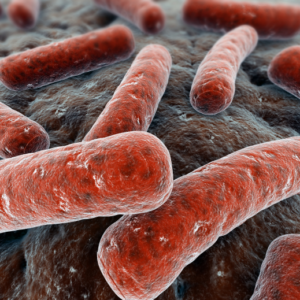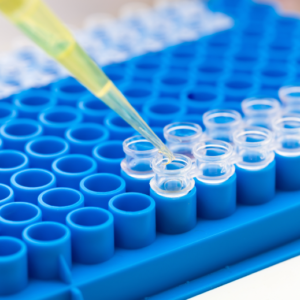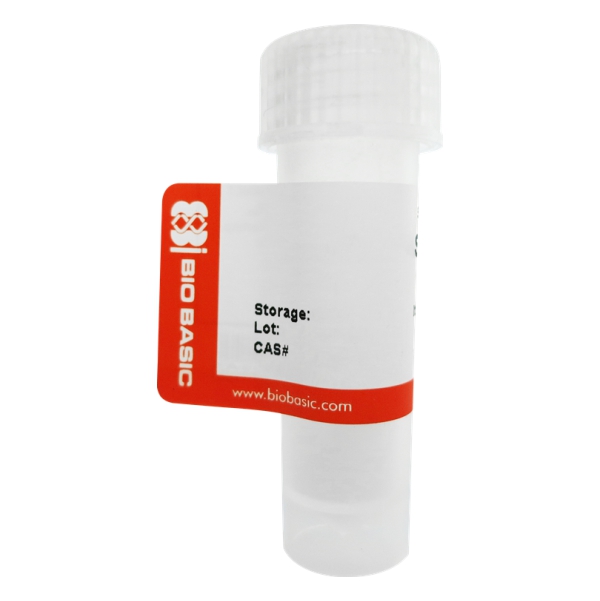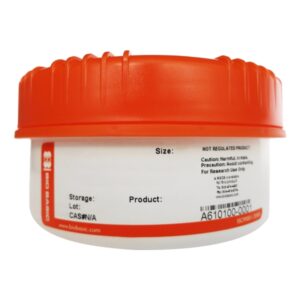NADH disodium salt, trihydrate, reduced: β-NADH, a pyridine nucleotide and biologically active form of nicotinic acid, is a coenzyme necessary for the catalytic reaction of certain enzymes. β-NAD+ is a carrier for hydride ion, forming β-NADH. The hydride ion is enzymatically removed from a substrate molecule by the action of dehydrogenases such as, malic dehydrogenase and lactic dehydrogenase. These enzymes catalyze the reversible transfer of a hydride ion from malate or lactate to β-NAD+, forming the reduced product, β-NADH. Unlike β-NAD+ which has no absorbance at 340 nm, β-NADH absorbs at 340 nm. The increase in absorbance (with the formation of β-NADH) or the decrease in absorbance (with the formation β-NAD+) is the basis for measurement of activity of many enzymes at 340 nm.Many metabolites and enzymes of biological interest are present in tissues at low concentrations. With the use of β-NADH as a cofactor and several enzymes in a multistep system, known as enzyme cycling, much greater sensitivity for detection of these components is achieved. β-NADH is fluorescent whereas β-NAD+ is not. This difference in fluorescence provides a sensitive fluorescent measurement of the oxidized or reduced pyridine nucleotides at concentrations down to 10- M. Discussion of optimizing the fluorescence intensity and identification of interfering substances has been reported. β-NADH should be stored desiccated and protected from light.
£71.00 exc. VAT
1g
| CAS | [606-68-8] |
|---|---|
| Grade | Reagent |
| HS Code | 2934.99.0010 |
| Manufacturer | Bio Basic |
| Pack Size | 1g |
| Shipping Conditions | ICE |
| Sterile | |
| Storage Conditions | (-15 to -20)C |
| UNSPSC Category | Nucleotides |
| UNSPSC Code | 41106305 |
| DG | |
| Hazard Class | |
| Hazard UN |














